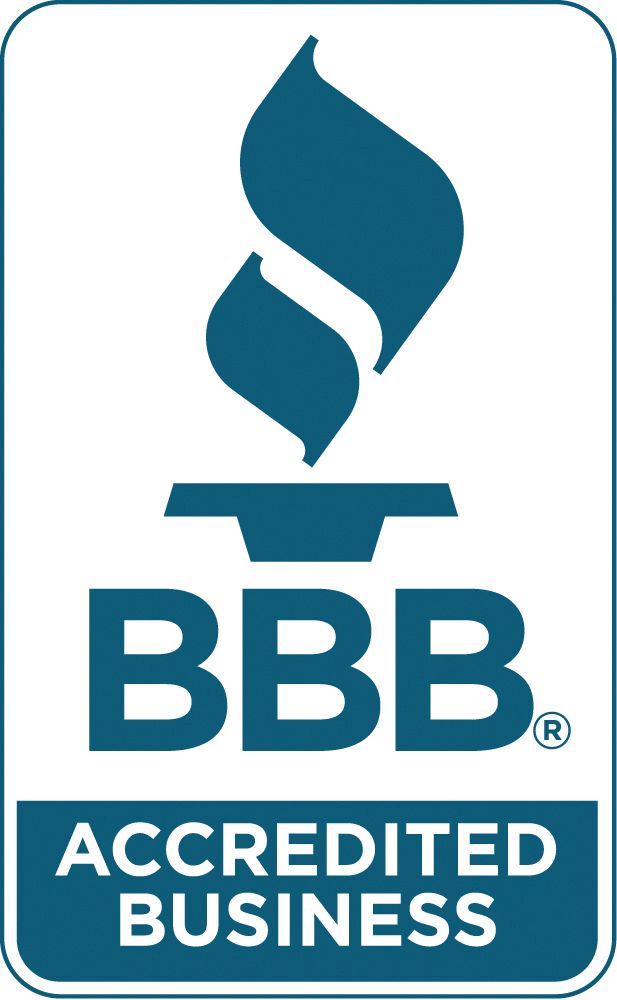CARF Accreditation for Procrastinators
The best approach for CARF accreditation is to develop an ongoing preparation process.

When behavioral health organizations pursue accreditation, they aim to establish credibility, which can be essential for licensing or contracting. To obtain certification from entities such as the Commission on Accreditation of Rehabilitation Facilities (CARF) an organization must operate for at least six months before receiving approval. This preparation involves undergoing a survey process that necessitates thorough readiness.
Effective CARF accreditation requires a structured approach involving organization, analysis, and communication. Often, agencies postpone necessary preparations until the last minute, leading to a situation where they may pass their initial survey but receive numerous implementation recommendations. This pattern of procrastination may extend into subsequent evaluations. Therefore, it is advisable for behavioral health organizations seeking accreditation from CARF to adopt a proactive, ongoing preparation strategy. This proactive approach not only ensures a smoother accreditation process but also instills confidence in the organization's readiness.
An organization should initiate groundwork once the application is submitted to mitigate procrastination. Three key areas of planning are essential:
1. Policies and Procedures: Organizations should prioritize completing all relevant policies and procedures that align with accreditation standards. These documents serve not only to inform surveyors but also to educate employees about the organization’s practices.
2. Document Analysis: Agencies should routinely gather and analyze daily documentation, such as critical incident reports. Reviewing these documents helps leadership identify significant issues and assess whether operational changes are necessary.
3. Employee Training: Organizations must ensure that employees receive training on specific topics mandated by the accreditation bodies. Common training areas include suicide prevention, behavior management, and newer topics such as corporate compliance and quality improvement. Documenting employee attendance at these training sessions is essential.
To prevent burnout, these activities should be conducted regularly, ideally monthly, over the six-month preparation period. By integrating these tasks into regular operations, the organization can seamlessly engage with the accreditation process from CARF. This approach not only eases the burden of preparation but also fosters continuous improvement in the organization’s operations and services, providing a sense of security about the process.
The best approach for CARF accreditation is to develop an ongoing preparation process. This continuous readiness not only ensures a smoother accreditation process but also instills confidence in the organization's ability to meet the standards set by CARF.




